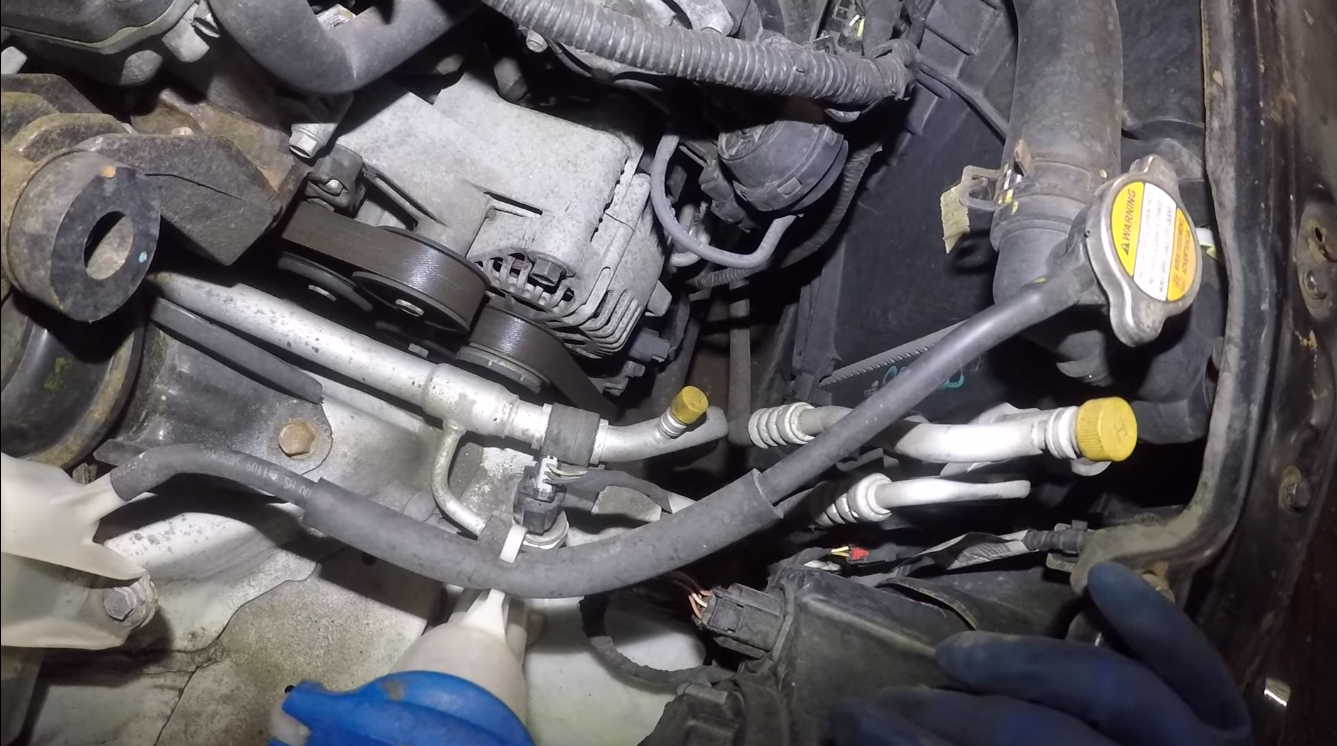Do you find it frustrating to deal with 2011 Hyundai Sonata AC compressor problems?
It can be quite unbearable dealing with a Hyundai Sonata AC not working, especially during the hot and humid months.
After all, you want to drive comfortably in the car and your AC is the only thing you rely on when the temperature outside is too high. Hence, you want to make sure you get this issue straightened out sooner rather than later.
Thankfully, you should be able to get it fixed without much stress, time, or money. When the issue is a bad AC compression, you can easily have it resolved with the help of a professional or even with some basic skills. Here are the things you need to do.

Contents
2011 Hyundai Sonata AC Compressor Problems – What Are The Causes
First of all, let’s talk about the reasons why your AC compressor is failing.
Typically, compressors should last for about 12 years on average. However, there are times when premature failure happens. Among the signs of a failing AC compressor include leaks, lukewarm air, ECU error, and loud noises.
Without the compressor, the air conditioning unit cannot function. It is also the part subject to wear and tear more frequently because of its moving parts.
If you notice that there are leaks, then it means that the refrigerant escapes the system. These leaks occur around the O-rings, gaskets, hoses, and shaft seal. It may be hard to determine the leaks exactly unless you have an electronic leak detector tool.
In the case of odd noises, the internal components of the compressor may have already failed. This is why you may hear strange and sometimes loud noises.
A lack of cool air also occurs because there is not much refrigerant left. And if any of the internal components are damaged, the compressor is unable to circulate ample refrigerant to maintain the smooth operation of the system.
Lastly, if you notice an ECU error, it means there is something else that’s causing the problem. This system measures the voltage signal to the compressor. When there is a malfunction detected, there could be improper voltage delivery occurring.
Hence, compressor issues to your car AC occur because of leaks, aging of the unit, wear and tear, defective belts, lubrication loss, and corrosion.
Thankfully, you can replace the compressor when needed to fix these problems. The next section discusses the steps involved in determining whether you need to replace your car AC compressor.
Read More: Hyundai Sonata Steering Wheel Peeling – What To Do About It
Solving AC Compressor Problems

A replacement of the car AC compressor may be required if you notice these issues:
1. Warm air coming out.
When you run the engine, turn the AC on high. At this point, the compressor should work and let cool air come out. However, if it is nothing but warm air being produced, then you may have to replace your compressor.
2. Check for odd noises.
Do keep in mind that sometimes, noises may be coming from other components such as the clamps or any missing bolts or nuts. The lines and hoses may also emit vibration and sounds, so be sure to check these, as well.
But if the source of sound is none of these things, then the compressor may be responsible for it. Consult a technician to help you check the issue further.
3. Inspect for leaks.
And finally, check for any leaks coming out of the unit. This could be the refrigerant leaking, which is why no cool air is coming out of your car AC.
When you have investigated the problem further, you will have to contact a technician to get the compressor replaced.
Conclusion
It is typical for 200 Hyundai Sonata Ac compressor problems to arise over time. When this happens, it can be quite concerning and inconvenient, especially during the warmer months.
Fortunately, this can be resolved easily by getting the compressor replaced by a technician. Then, you will not have to worry about hot air blowing out of your car AC and get the unit working properly once more.